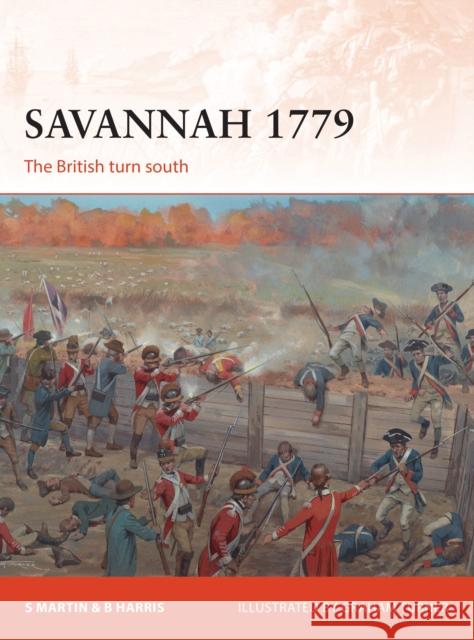Savannah 1779: The British Turn South » książka
Savannah 1779: The British Turn South
ISBN-13: 9781472818652 / Angielski / Miękka / 2017 / 96 str.
In 1778 Great Britain set in motion a series of events which led to the second British southern invasion of the American Revolutionary War. Unlike the first invasion in 1776 which ended British hopes of a speedy end to the conflict, pressure from the former royal governors of the southern states and false expectations of more loyalists flocking to the crown's colors along with a perceived weaker colonial defenses gave the British an opportunity to hope for a different outcome. General Clinton, Commander of British military forces in North America, ordered an expedition of 3,000 British soldiers, Hessians and Loyalists to sail from New York City and capture Savannah, capital city of Georgia as a base for future operations in the southern colonies. After Savannah fell in December 1778, British and Patriot forces conducted a series of moves and counter moves resulting in the battles of Kettle Creek, Brier Creek and Stonor Ferry. By September 1779 Admiral Charles-Henri d'Estaing brought his French fleet and army from the Caribbean to remove the British forces at Savannah following numerous appeals from the Colonials. This first combined allied effort which was only expected to last no more than 10 days evolved into a prolonged siege, which culminated into an all-out assault on the British fortified positions protecting Savannah. The attack will go down as one of the most costly defeats suffered by the French and patriots during the entire war.











